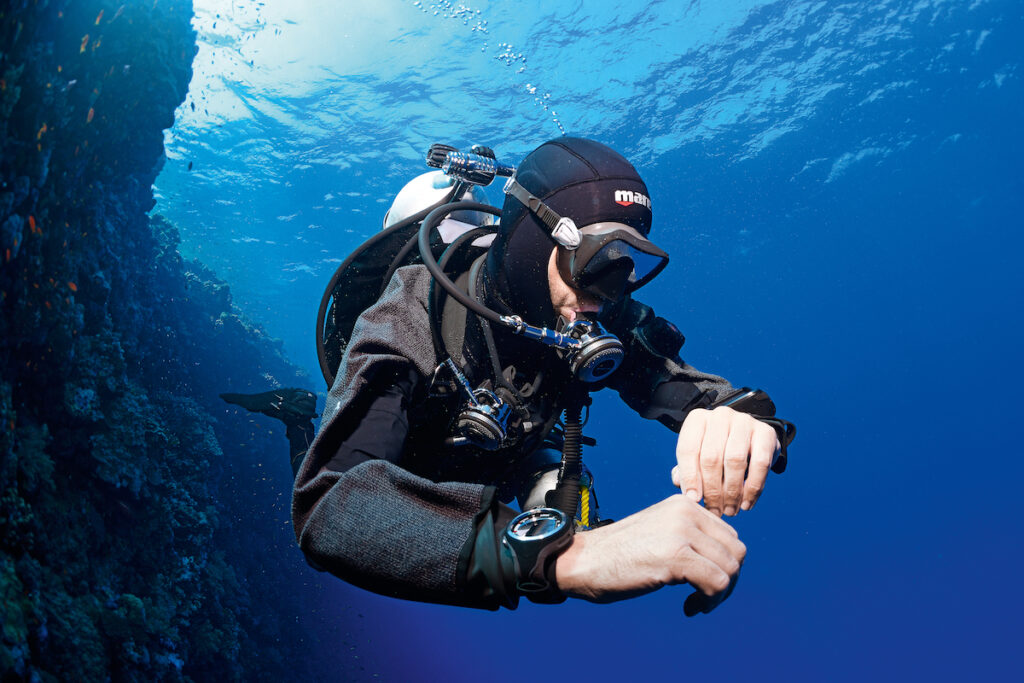Liveaboard safaris open up a whole new world of diving, allowing you to reach remote destinations far from land, with uncrowded dive sites and incredible marine life. It is one of the best ways to go diving but choosing the perfect liveaboard can be overwhelming. The good news is it doesn’t have to be. With our top tips, you can take the hassle out of dive planning and make your dream trip a reality. Let’s dive into our top liveaboard diving tips.
Liveaboard Deals – Compare prices online. Book now & pay later

BEFORE YOU BOOK YOUR LIVEABOARD:
1. Start with a list of your dream destinations.
Looking up dive destinations is one of the best parts of planning any dive trip. It is so exciting taking a virtual tour of the world to find your top liveaboard destinations. There are so many places to choose from and an endless array of dive experiences, but this can make it confusing at times.
Narrow down your choices with these key considerations:
Location: How far are you willing to travel to reach your destination? Take international flights and local transfer times into account to make sure they are okay for you.
Marine life: Do you have any bucket-list marine life that you simply must see? If so, look up the best places to dive with your favorite marine life and make a list of potential destinations.
Time of year: When can you go diving? Search online for the ‘best places to dive’ in the months you are available to find the best places to go.
The diving: What types of diving do you love the most? Check that your preferred liveaboards include your favorite types of diving.
Other activities: Do you want to join a liveaboard safari that is all about diving, or one that includes non-diving activities and excursions?
To make it even easier to narrow down your options, use an online scuba travel guide such as MyDiveGuide. You can search by continent, ocean, and wildlife experiences, to find your top dive destinations at any time of year.
2. Get honest about your dive experience level & preferences.
When you’re choosing your liveaboard, it is easy to get carried away by idyllic destinations and forget about your dive preferences and needs.

Make sure you think about the following:
- What is your dive experience level?
- Do you prefer easy or challenging dives?
- How many dives a day do you want to do?
- Do you get cold easily in the water?
- What are the water entry options? Do they work for you?
- Are there non-divers in your group? If so, is the liveaboard snorkeler friendly?
Once you have a list of your dive needs, it is easier to narrow down your liveaboard options and make sure your trip is a success.
3. Find out about the liveaboard’s features.
Not every boat is built the same. They may all look beautiful but different boat styles and facilities matter for your comfort at sea.
If you’re confident on the water, you can choose just about any liveaboard and know you will be fine. But if you suffer from motion sickness or are nervous at sea, opt for a modern, steel-hull liveaboard rather than a traditional sailing yacht. They are strong, have a variety of new safety features, and are very stable in choppy waters.
Make a list of other vessel features that matter to you. You may want to find out about:
Boat size – Think about how sociable you like to be, dive group sizes, and if there is space for relaxation.
Cabin options – Are you happy sharing? If not, find out if there is a single cabin and what the single supplement may be.
Dive and photography – Check out the facilities for photographers, what equipment you can hire, and if you can join a photography workshop on board.
Food and drink – Can the liveaboard meet your dietary needs?

BEFORE LEAVING HOME:
4. Check your dive equipment is fully functional.
There is nothing worse than joining a dive trip and discovering your dive gear is damaged or not working. Make sure you get your gear serviced by a professional before your trip.
Visit your nearest dive center to get a recommendation or help with gear servicing.
5. Take some dive gear spares with you.
Access to spares can be limited during liveaboard trips, especially if you are going somewhere remote. Pack some essential spares such as a mask, fin straps, a mouthpiece, O-rings, a spare mask strap, and a handy container to keep everything together.
6. Pack spare batteries.
It is always a good idea to pack spare rechargeable batteries for your camera and keep them fully charged each day. There is not always enough time to recharge batteries between dives, so a spare set is invaluable for a quick swap before you dive back in.
And if you’re diving in cold waters, remember that batteries can drain very fast and don’t always last the entire dive.
7. Take earplugs.
If you are a light sleeper, pack a few pairs of earplugs. Boats can be noisy at times from creaking, waves breaking against the boat, anchors, and engine noise. It’s all part of the fun of being at sea, but a good pair of earplugs will help you sleep well.
8. Tackle motion sickness before it strikes.
Even the most seasoned diver can suffer from motion sickness, so be prepared by packing a few remedies:
- Ginger sweets.
- Non-drowsy motion sickness medication, such as hyoscine.
- Acupressure bands.
Make sure you eat a light meal before diving, keep your eyes on the horizon, and sip water regularly to stay hydrated. If nothing else works, lie down and close your eyes. It is a fast-acting remedy that can help you rest and recover until the ocean calms down.

9. Take multiple sets of swimwear.
Putting on cold, wet swimwear for your dives is a horrible way to begin any dive. Make sure you pack a few sets of swimwear, so you can dive in dry swimwear each dive whilst your spare sets are drying on the boat.
10. Pack extra clothing for post-dive warmth and chilly nights.
It is easy to get cold when you are diving multiple times per day and are out in the elements – even at warm destinations. Take a few items with you to keep warm during your surface intervals and during chilly nights:
- A woolly hat.
- A windproof jacket or changing robe.
- A light sweater/top.
11. Dive using multiple layers.
You will naturally get cooler as your liveaboard trip progresses and you do numerous multi-dive days, and you might also visit a dive site with a cold thermocline. With that in mind, it is a good idea to invest in exposure protection that you can layer up and down as needed to keep warm.
A full-length wetsuit or semi-dry suit and a shortie that fits on top works well, as does packing a thermal rash guard.
12. Plan to meet your dietary requirements.
Can all your dietary needs be met by your liveaboard? Most liveaboards cater very well to a variety of dietary needs at mealtimes, but they can sometimes lack filling snacks and desserts for people who do not eat gluten or sugar.
Take some high-energy snacks and sweet treats with you, such as dried fruit, nuts, granola, sugar-free chocolate, and herbal teas, to stay fueled and warm between your dives.
13. Take a good pair of shoes for land-based excursions.
Many liveaboards offer exciting land-based excursions, such as hiking and visits to nearby beaches and islands. Make sure you take a good pair of shoes, a light-weight long-sleeved top, and trousers for those days.

14. Refresh your dive skills before your go.
You’re almost set for the trip of a lifetime, but before you go, take some time to refresh your dive skills. It is easy for dive skills to get rusty, and we have all been out of the water for a long time during the pandemic.
Completing a scuba refresher course will ensure you are a safe and confident diver again, so you spend less time trying to remember your skills and more time enjoying every single dive.
15. Don’t forget your travel insurance
Make sure your travel insurance covers diving down to an appropriate depth. Also, some liveaboards require a recent medical if you are over 50 – if this applies to you check with the liveaboard before you go.
Kathryn Curzon, a shark conservationist and dive travel writer for SSI (Scuba Schools International), wrote this article.













